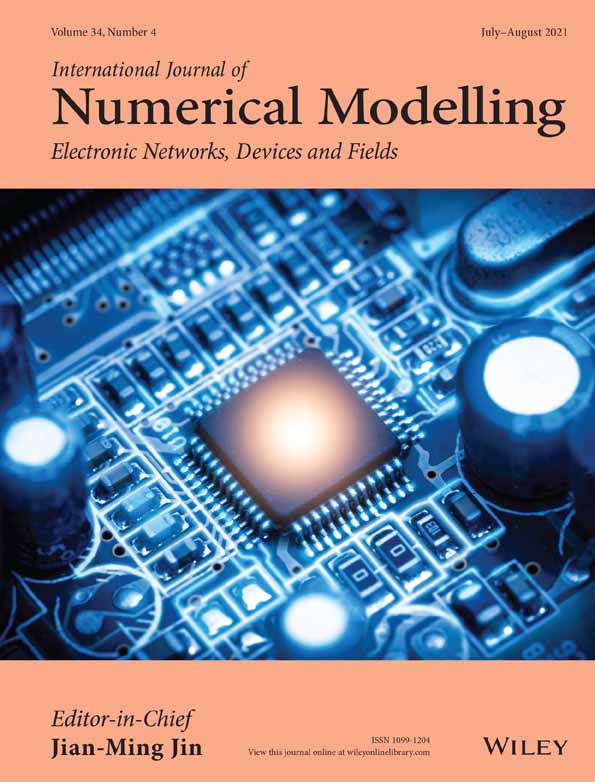An accurate edge-based FEM for electromagnetic analysis with its applications to multiscale structures
Funding information: Beijing Natural Science Foundation, Grant/Award Number: 4194082; National Natural Science Foundation of China, Grant/Award Number: 61801010; Fundamental Research Funds for the Central Universities
Abstract
This paper introduces an accurate edge-based smoothed finite element method (ES-FEM) for electromagnetic analysis for both two-dimensional cylindrical and three-dimensional Cartesian systems, which shows much better performance in terms of accuracy and numerical stability for mesh distortion compared with the traditional FEM. Unlike the traditional FEM, the computational domain in ES-FEM is divided into non-overlapping smoothing domains associated with each edge of elements, triangles in two-dimensional domain and tetrahedrons in three-dimensional domain. Then, the gradient smoothing technique is used to smooth the gradient components in the stiff matrix of the FEM. Several numerical experiments are carried out to validate its accuracy and numerical stability. Results show that the ES-FEM can obtain much more accurate results compared with the traditional FEM and is almost independent of mesh distortion.
Open Research
DATA AVAILABILITY STATEMENT
Data available on request from the authors.




